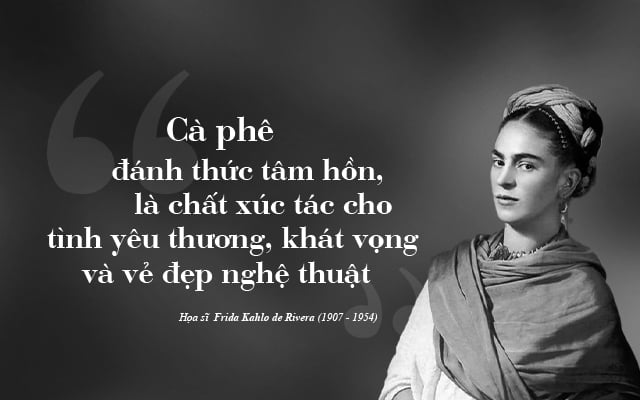
The Japanese have shaped the Tea Ceremony into a national ethic, an art of living conveyed through the enjoyment of a cup of tea. Meanwhile, Vietnam - a leading coffee powerhouse in the world , has the world's best Robusta coffee beans, has a rich history of coffee enjoyment culture for hundreds of years, but up to now, the value of Vietnamese coffee is still in the low segment, mainly exported raw and has not been properly shaped as the inherent position of the industry and the country. With the desire to bring the Vietnamese coffee industry to a new level, enhancing the value of coffee not only as a regular drink but also at the level of cultural coffee, artistic coffee, spiritual coffee... to philosophical coffee, worthy of the position of the world's coffee powerhouse - Trung Nguyen Legend Group has spent time and passion for many years to research the history, culture, art... of coffee in all areas of human life so that coffee becomes "Philosophical Coffee". Throughout the journey of creation and development of Trung Nguyen Legend, the spirit of dedication to serving the community has always been the core through many action programs to Create great aspirations, great directions; to build a new position for the Vietnamese coffee industry on the world coffee map. The Japanese did it! We Vietnamese can do it too and do it better! |
Fashion - Symbol of lifestyle and spirit of the times
Along with the development of mankind, fashion from primitive times to the present day not only reflects the level of aesthetics and sewing techniques, but also represents the progress of culture, ideology, social structure and lifestyle of each period.
In the early days, fashion appeared as a means of survival, and at the same time showed the first human expressions of beauty. In particular, clothing became a sign of social stratification from identifying the leader of the early tribe, to distinguishing the noble and commoner classes in ancient and feudal society. At the same time, not only associated with institutions, fashion was also created according to rituals, religions, according to space, time, and different purposes of use.
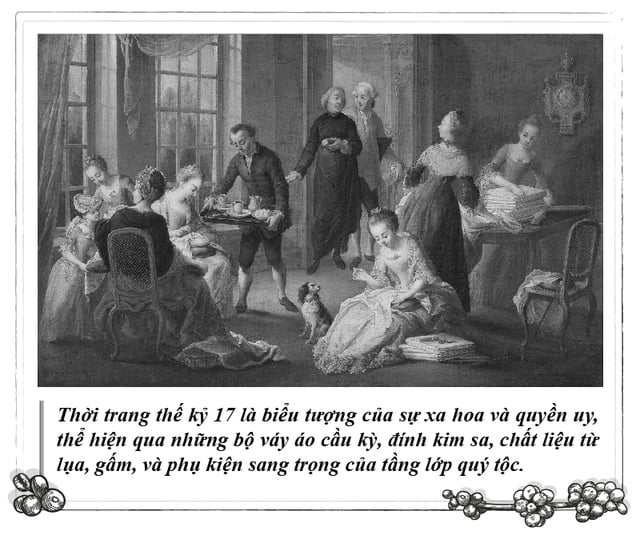
The Renaissance (14th - 17th century) marked the transition from the Middle Ages to the modern era with new discoveries of human values in art, literature and science . This period witnessed the rise of humanistic thought - placing human values at the center, fashion was no longer just external luxury but the intersection of intelligence and artistic creativity. This was the premise for the 18th century, when fashion transformed into elegance, sophistication, reflecting a society that promoted knowledge and personal values.
With the advances in science and technology in the 19th century industrial revolution, the fashion industry entered the stage of mass production, popularized with the mass spirit. This period also began to witness the explosion of the spirit of individual freedom of people, opening the era of innovations in ideology and the role of people in the world view in the 20th century. Accordingly, fashion products began to reflect the desires and high personal consciousness, sowing the seeds for a transformation of new value systems and new lifestyles.
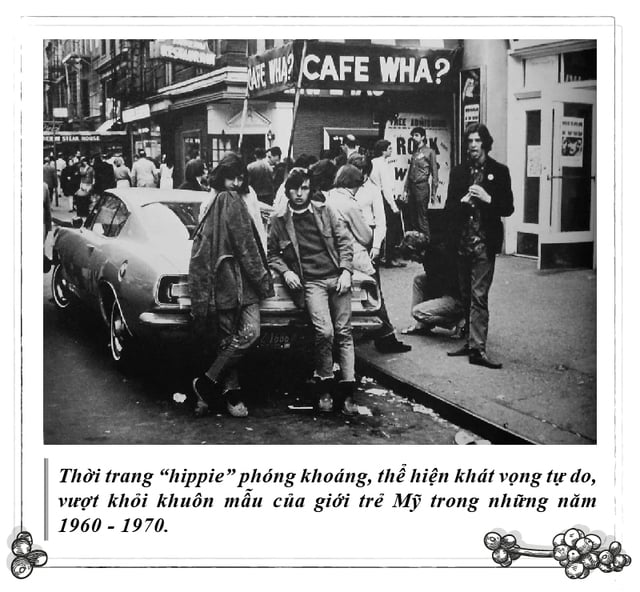
New fashion movements and styles quickly emerged as a means of expression, not only reflecting the times but also contributing to "creating the times". From the "hippie" movement of the 1960s and 1970s with its liberal, unconventional spirit to the "streetwear" style reflecting street culture, associated with the urban youth generation, showing that fashion has a distinctly personal statement.
Coffee Shops - Spaces that promote aesthetic thinking and contemporary lifestyle
In the 17th and 18th centuries, coffee houses were present throughout Europe, and quickly became a cultural space distinct from its urban environment. More than just a place to enjoy a cup of coffee, coffee houses were considered the most powerful symbol of cultural vitality in its urban environment. With their openness to all audiences, free discussion of new ideas, and the creation of creative spaces, coffee houses formed and popularized new art forms, contributing to promoting the aesthetic thinking of the times and innovation.
In the 19th century, coffeehouses became the birthplace, formation and development of Modernism, Harlem Renaissance and other contemporary cultural and artistic trends. In addition, the costumes, demeanor of contemporary coffeehouse goers, and fashion shows at coffeehouses nurtured the spirit of liberalism, contributing to the formation of lifestyle.
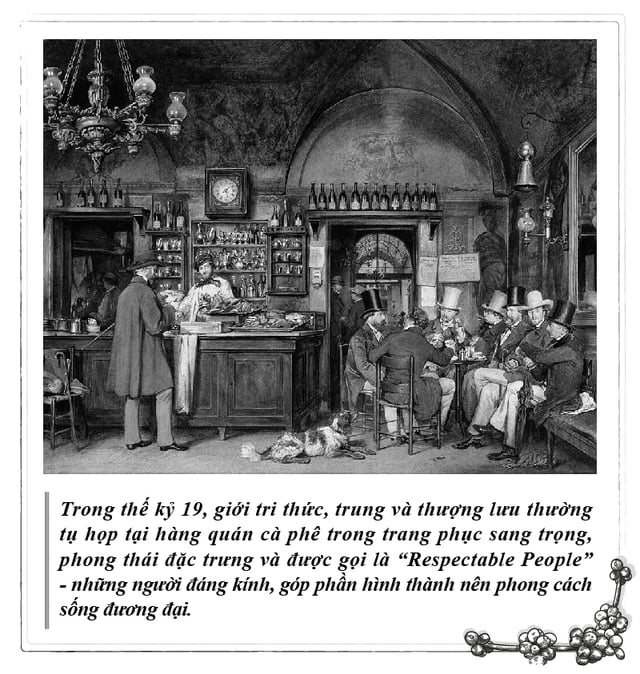
At the "salons de café" in Paris, Vienna, or London, ... intellectuals and aristocrats often gathered to enjoy coffee in luxurious costumes with velvet cloaks, fur hats, leather gloves, ... Places like Café Procope (1686, Paris) became the meeting place of great thinkers Voltaire and Rousseau; or Caffè Florian (1720, Venice) was the meeting place of famous aristocrats and intellectuals such as playwright Carlo Goldoni, writers Goethe and Casanova, ... Accordingly, "Respectable People" - respectable people, became the common name for customers of coffee shops at that time.
In Toronto (Yorkville) in the late 20th century, coffee shops became a vibrant meeting place for the Hippie community. Poetry readings, live music performances, art exhibitions and unconventional fashion shows such as flared pants and fringed shirts were regularly held here, reflecting the desire for freedom and individuality of the youth of that time.
In particular, imbued with the breath of life, filled with the desires and aspirations of human life, coffee shops become a catalyst and a strong source of inspiration for the modern fashion industry.
At Paris Fashion Week 2015, Chanel wowed fashionistas by transforming the magnificent Grand Palais catwalk into a Parisian café called "Brasserie Gabrielle." Dressed in soft tweed, models sat at tables, posing like guests at a café. Fashion heavyweights like Cara Delevingne and Kendall Jenner chatted at the bar, while Joan Smalls waited for an espresso, creating a trendy, lively scene that showcased the inspiring intersection of fashion and coffee.
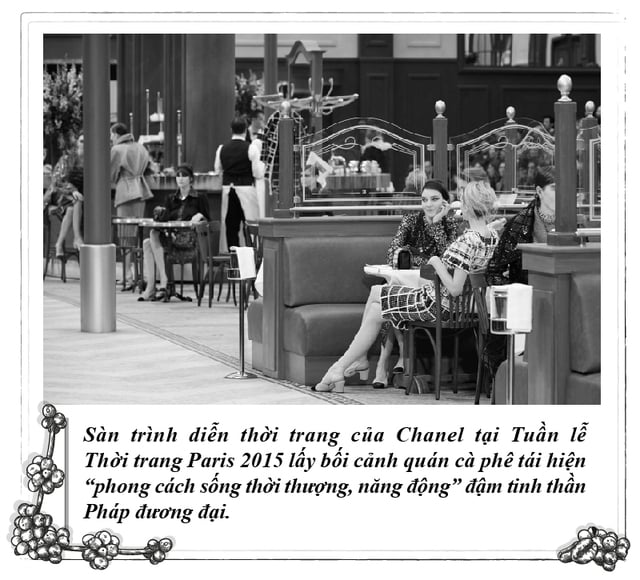
Nowadays, big brands such as ELLE, Dior, Prada, Dolce & Gabbana... also open coffee shops bearing the brand's signature design in many countries such as France, America, Italy, Saudi Arabia, Korea, Japan, the Middle East,... to convey fashion style to art lovers through the coffee experience.
Throughout its development, fashion not only embodies aesthetics but also represents the spirit of constant innovation, as well as reflects the aspirations of the times. In that journey, coffee shops have accompanied fashion to promote creativity and convey cultural values and the spirit of fashion to the community, contributing to the formation of a lifestyle towards Truth - Goodness - Beauty.
PHILOSOPHICAL COFFEE - Coffee and the decade of innovation that reshaped America
We invite readers to watch the series of videos of Philosophical Coffee posted on the channel https://bit.ly/caphetrietdao

Read next: Coco Chanel and the spirit of contemporary fashion innovation
Source: https://thanhnien.vn/ky-110-hang-quan-ca-phe-trong-qua-trinh-phat-trien-nganh-thoi-trang-185250421171215706.htm


![[Photo] General Secretary To Lam works with the Central Policy and Strategy Committee](https://vphoto.vietnam.vn/thumb/1200x675/vietnam/resource/IMAGE/2025/5/28/7b31a656d8a148d4b7e7ca66463a6894)
![[Photo] Vietnamese and Hungarian leaders attend the opening of the exhibition by photographer Bozoky Dezso](https://vphoto.vietnam.vn/thumb/1200x675/vietnam/resource/IMAGE/2025/5/28/b478be84f13042aebc74e077c4756e4b)
![[Photo] Prime Minister Pham Minh Chinh receives a bipartisan delegation of US House of Representatives](https://vphoto.vietnam.vn/thumb/1200x675/vietnam/resource/IMAGE/2025/5/28/468e61546b664d3f98dc75f6a3c2c880)

![[Photo] 12th grade students say goodbye at the closing ceremony, preparing to embark on a new journey](https://vphoto.vietnam.vn/thumb/1200x675/vietnam/resource/IMAGE/2025/5/28/42ac3d300d214e7b8db4a03feeed3f6a)

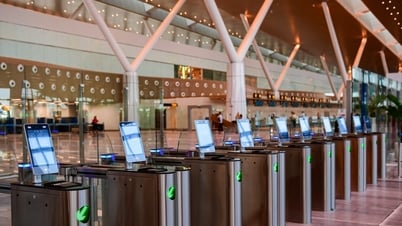





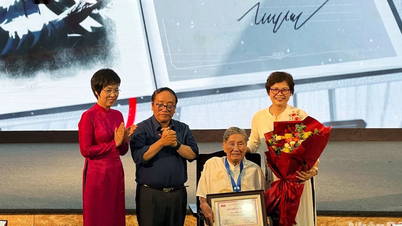

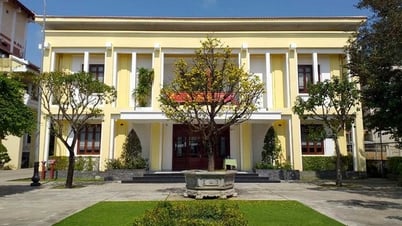





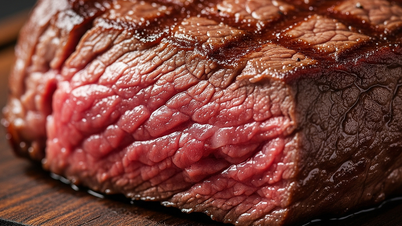



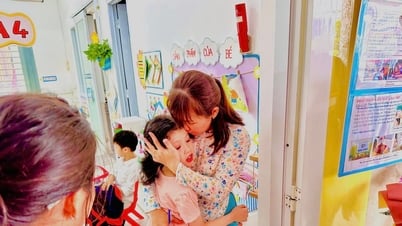


















































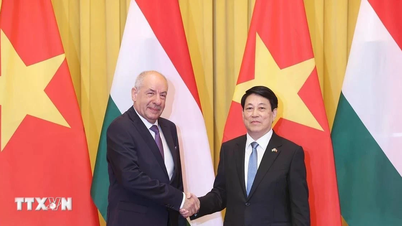


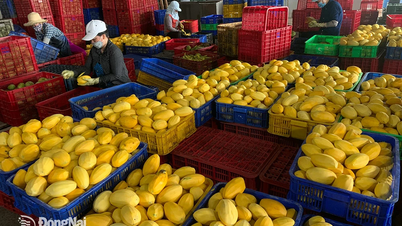
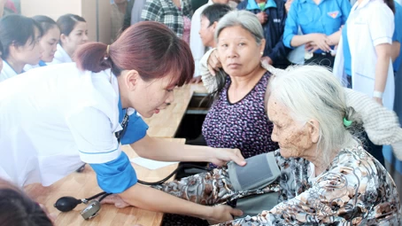









Comment (0)